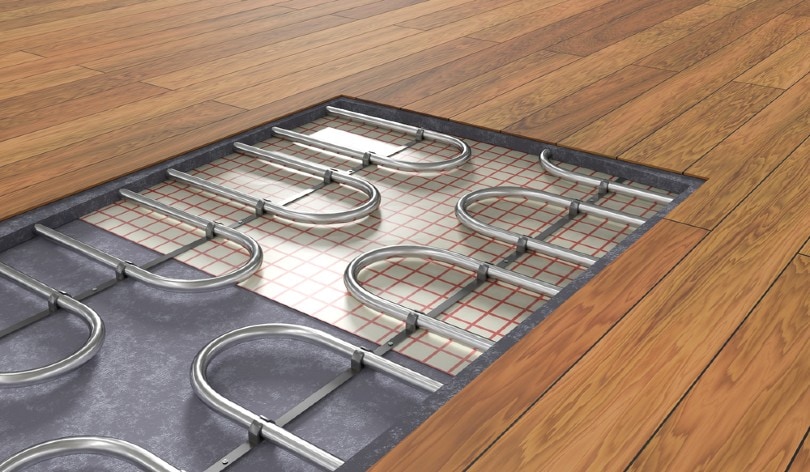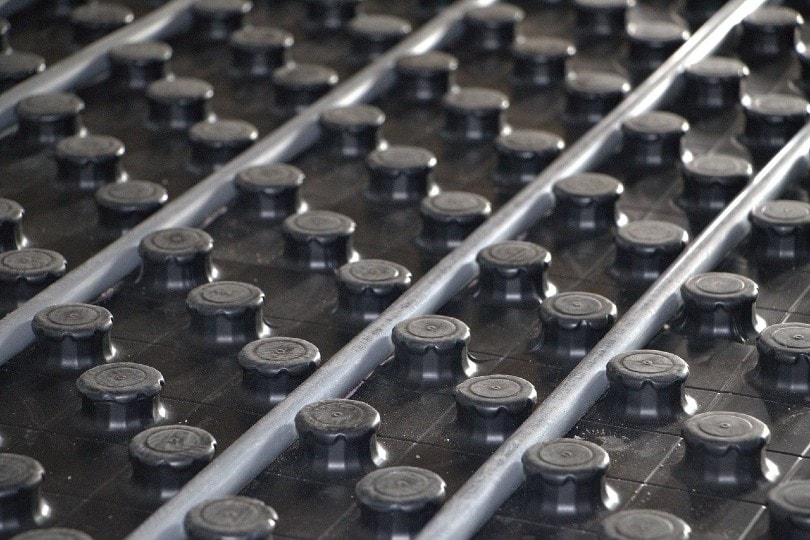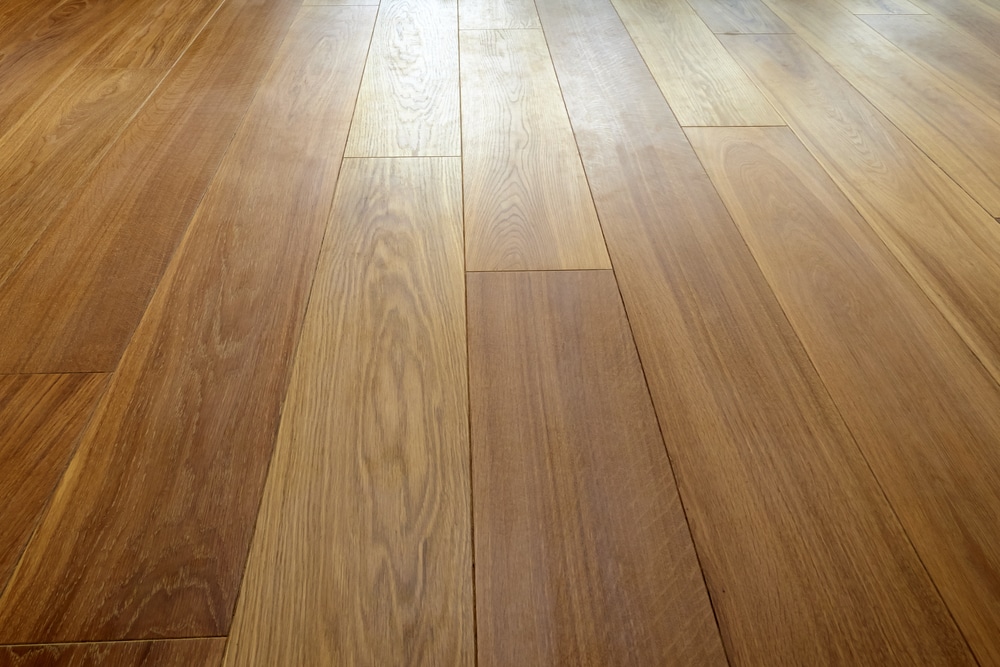How Much Does Radiant Floor Heating Cost in 2025
-
Kristin Hitchcock
- Last updated:

Radiant floor heating was once a benefit reserved for those with lots of money. While it is still quite expensive today, it is much more in reach for a larger portion of the population.
In fact, the actual materials for creating radiant floor heating are not that expensive. Instead, it is largely the labor costs that are expensive. It’s often not possible to DIY this project, so you will have to pay these high labor costs.
Keep reading to find out all the costs associated with radiant floor heating, as well as other things you may need to keep in mind.
What Is Radiant Floor Heating?

Radiant floor heating heats the room through the floor. Therefore, the floor is extremely warm, which is great for colder floor types like tile and wood. Often, this heat is added to the bathrooms to prevent the shock of the cold floor whenever you get out of the bath or shower. However, it can technically be placed anywhere.
While this heating method may sound like a dream, there are several pros and cons to keep in mind.
Pros
- Not heating ducts. Because this method uses the floor to heat the room, you don’t have to worry about heating ducts. This includes maintenance and cleaning on these ducts.
- Cost-effective. After you’ve installed the floors, you’ll typically have lower running costs. Radiant floor heating does not need to get quite as hot as traditional heating to get the room to the required temperature, which helps save energy and money.
- Even heating. Usually, radiant floor heating is installed throughout the whole room. Therefore, the room is heated evenly. You don’t have one part of the room that’s hot and another part that’s cold.
Cons
- The largest downside of radiant floor heating is the large upfront cost. As you might imagine, you’ll have to put quite a bit down upfront to pay for this feature in your home.
- Raised floor levels. You need room for the heating mechanism between the subfloor and your flooring. Therefore, you can expect the floor to be raised by about half an inch. While this isn’t usually significant, it can be in homes with shorter ceilings.
- While you can sometimes tackle this as a DIY job, there are a lot of components involved. Usually, installation takes a day or two at least with a professional. DIY jobs can take even longer. For this reason, installation is often quite expensive.
How Much Does Radiant Floor Heating Cost?

Typically, you can expect to pay anywhere from $6 to $20 for each square foot for a water-based system. Electric systems are a bit more expensive at $8 to $24 per square foot. For a bathroom or even part of a bathroom, this isn’t terribly expensive. However, if you want to do a whole house, you’re looking at thousands of dollars.
A 2,000 square foot house would cost around $20,000, for instance, assuming you already have a boiler set up and only want one zone.
Setting up multiple zones so that you can change the heat level throughout the house will cost even more. You can add about $5,000 for each extra zone that you would like to add.
If you need to purchase a new boiler, then you’ll need to spend another $8,000.
How to Save Money on Radiant Floor Heating
Luckily, there are several ways that you can save money. Firstly, you can do some of the work yourself. Much of the cost is in labor since it takes a couple of days of work to get this done. Therefore, you’re paying for someone’s hourly wage for multiple days, which adds up quickly.
In places where labor costs more, you can expect this project to cost more as well. (But that also works the other way. For places with cheaper labor, you’re looking at a lower cost.)
If you do some of the work yourself (or all of it), you can expect to pay way less. Of course, that doesn’t mean that you should extend yourself too far. Paying a professional is much better than messing up the heating system but if you have the DIY knowledge needed to do the heating, then there is little reason to not do it.
You can also save money by choosing a heated-water system. However, this only works well where there is already water available. Installing it in a bathroom would be very cost-effective, but trying to do it in a hallway would not be.
Putting the heating system in before the floor is often cheaper. Otherwise, you’ll also have to pay for the labor of taking the floor off and putting it back on, which can be quite expensive in itself.
Is Radiant Floor Heating Expensive to Run?
Usually, you’ll save money over time in energy costs with one of these systems. A hydraulic system is often the cheapest to run, but it does depend on the energy costs in your area.
This sort of heating system is cheaper to run because it doesn’t have to get as hot to heat the room. The heating is also more even.
Of course, whether or not you see big savings depends on the heating system you have now and what energy costs look like in your area. Sometimes, you don’t actually save much money, but other times you can easily pay the system off in a decade or so.
With that said, it will take a while to pay this system off either way, so it is usually not recommended to purchase one just for their energy-saving abilities.
While they do save a bit of money on energy costs each month, it typically isn’t enough to make a huge difference.
Conclusion
Radiant floor heating may seem like an extremely expensive feature. However, depending on where you’re installing it, it doesn’t have to be that expensive. You’re usually looking at a cost that ranges from $6 to $24 per square foot. If you’re just doing a smaller bathroom, this isn’t actually a terribly high amount.
Of course, if you want to do your whole house, this is a different story. For this reason, we typically recommend only doing certain areas. Labor costs in your area will have a huge effect on the final price. Labor is a large part of the cost since one of these systems takes a least a couple of days to get installed. For this reason, we highly recommend researching labor costs in your area before taking the plunge.
Featured Image Credit: vchal, Shutterstock
Contents
